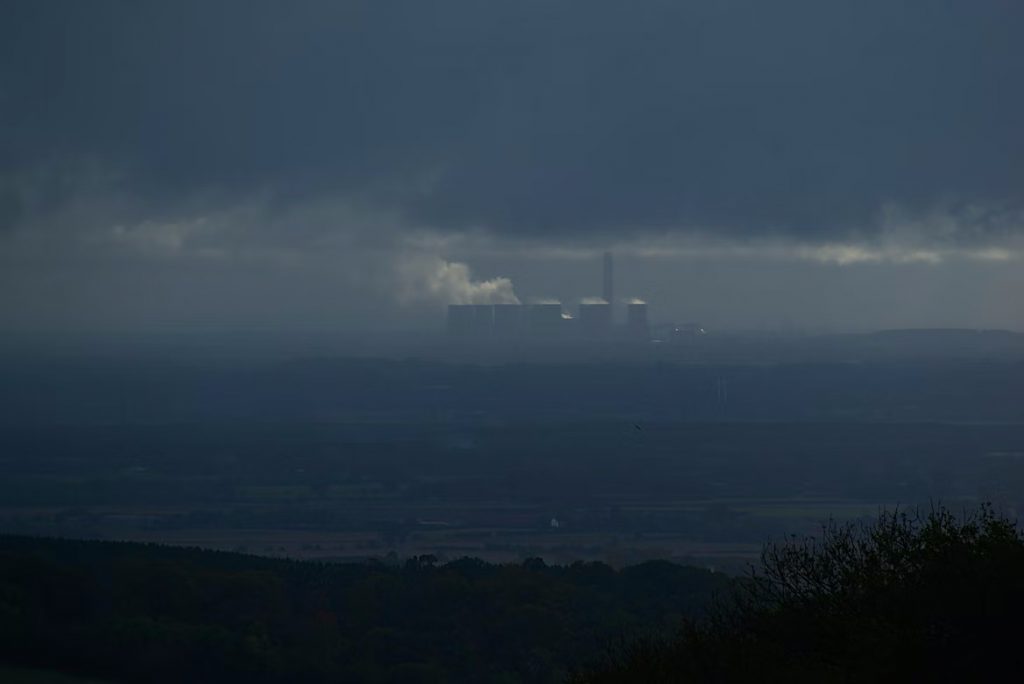The EU’s new green tariffs, also known as border carbon adjustments, are intended to level the playing field for European companies by imposing tariffs on imported goods from countries that do not have equivalent carbon pricing or climate regulations. The tariffs would apply to a wide range of products, including steel, aluminum, cement, and chemicals. Companies that produce these goods in countries without equivalent climate regulations would likely face higher costs, which could be passed on to consumers in the form of higher prices. On the other hand, European companies that produce these goods and are subject to the EU’s carbon pricing and climate regulations would be at a competitive advantage and could potentially see an increase in demand for their products.
How will green tariffs affect the Iron and steel industry?
The EU’s green tariffs are likely to affect the iron and steel industry in a number of ways. Companies that produce iron and steel in countries without equivalent carbon pricing or climate regulations will likely face higher costs due to the tariffs imposed on their imports to the EU. This could make their products less competitive in the EU market, potentially leading to a decrease in demand for their products and a corresponding decrease in revenue. On the other hand, European companies that produce iron and steel and are subject to the EU’s carbon pricing and climate regulations would be at a competitive advantage and could potentially see an increase in demand for their products. The iron and steel industry is energy-intensive and also produces a significant amount of greenhouse gas emissions. Therefore, it is likely to be heavily impacted by the EU’s climate regulations and carbon pricing policies. Companies in the industry may need to invest in new technologies and processes to reduce their emissions in order to comply with the regulations and avoid tariffs. Overall the impact of green tariffs on the iron and steel industry will depend on how the industry adapts to the new regulations and how it competes with the companies which are not subject to the same regulations.

What other regulations are on the horizon?
In addition to the EU’s green tariffs, companies in the EU can expect to face a number of other emissions regulations this year.
- One of the main regulations is the EU Emissions Trading System (EU ETS) which is the main tool for the EU to meet its commitments under the Paris Agreement and to reduce greenhouse gas emissions in a cost-effective way. It covers around 45% of EU greenhouse gas emissions from power plants and heavy industries, such as iron and steel, cement, chemicals, and refineries.
- Another important regulation is the Effort Sharing Regulation which sets national emissions targets for sectors not covered by the EU ETS, such as transport, buildings, and agriculture, and ensures that the EU as a whole meets its 2030 target to reduce emissions by 30% compared to 2005 levels.
- Additionally, the EU will implement new regulations around vehicle emissions, including the introduction of the WLTP test procedure and the RDE (Real Driving Emissions) test procedure, which aims to reduce emissions from cars and vans and increase the use of electric vehicles.
- Furthermore, the EU has proposed a new industrial strategy that includes a goal to reduce greenhouse gas emissions from industry by 30% by 2030. This will likely lead to new regulations and policies aimed at reducing emissions from specific sectors, such as the steel, cement, and chemical industries.
How should companies approach tariffs?
Overall, companies in the EU can expect to face a number of new regulations this year that aim to reduce emissions and meet the EU’s climate goals. These regulations will likely have a significant impact on the way companies operate and may require sizable investments in new technologies and processes to comply with the rules. One way to start is exploring the experiences of other companies that have gone through the same process. Visit future-bridge.eu or mining-events.com and follow us on our social media to keep track of other events about sustainability in the mining and metals industry.
